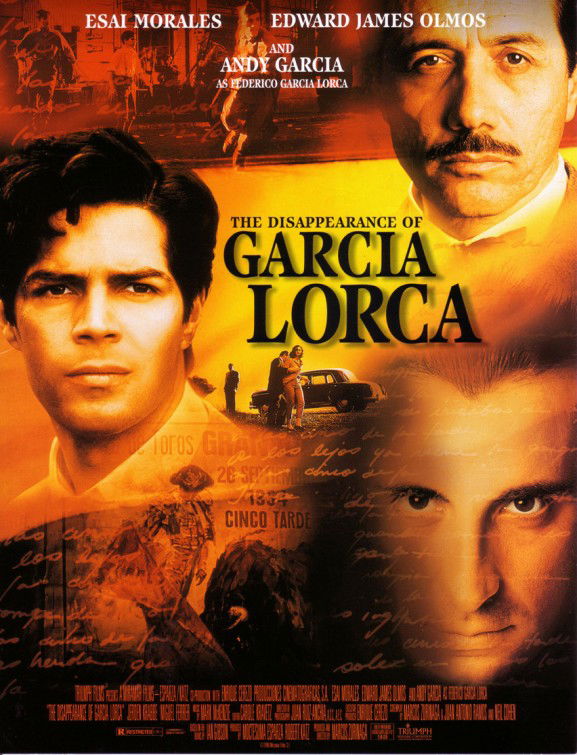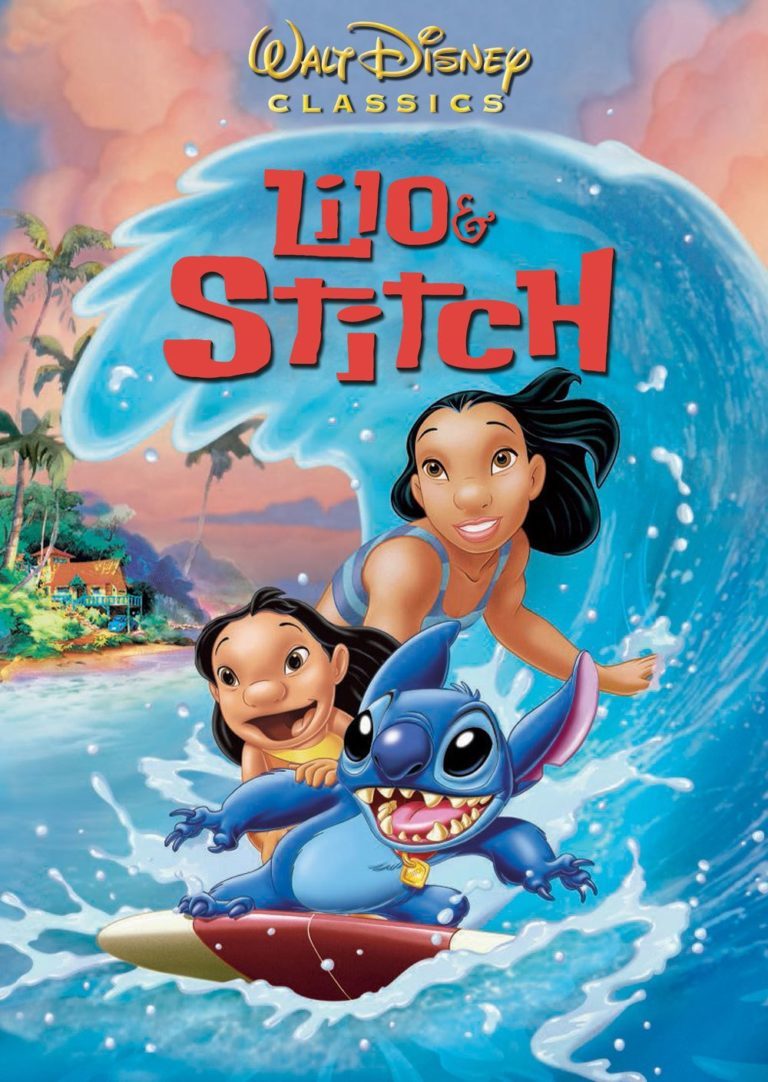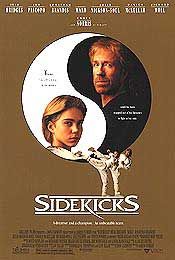"In Search of A Poet’s Killers"

| None | Light | Moderate | Heavy | |
|---|---|---|---|---|
| Language | ||||
| Violence | ||||
| Sex | ||||
| Nudity |
What You Need To Know:
Regrettably, their reverential treatment has turned what should have been a fascinating portrait of a country in turmoil into one of the most pretentious---and ultimately uninvolving – films in recent memory. All of these histrionics are pursued with shockingly wooden dialogue, contrivances galore and moments of thoroughly unpleasant violence. THE DISAPPERANCE OF GARCIA LORCA has been photographed with astonishing beauty, which masks a multitude of other miscalculations. Regrettably, an opportunity to create a cautionary tale has been badly squandered
Content:
(H, Co, So, LL, VV, SS, NN, A, D) Humanist worldview with Communist underpinnings including a positive portrayal of an atheistic tirade by a character set in a national socialist/fascist society; 10 obscenities & 1 profanity; multiple beatings & shootings including execution-style murders & man gored repeatedly by a bull; brief depiction of fornication; brief frontal & real female nudity; alcohol use throughout; and, smoking
More Detail:
For the record, Federico Garcia Lorca (1898-1936) is generally regarded to have been one of Spain’s greatest poets and playwrights. His work has been translated as widely as those of Miguel de Cervantes, the author of DON QUIXOTE. Having gained considerable notoriety through his poetry (especially GYPSY BALLADS, 1928) and his traveling theater troupe which performed throughout Spain, he was an early casualty of the Spanish Civil War.
For the makers of THE DISAPPERANCE OF GARICA LORCA, especially writer-producer-director Marcos Zurinaga, the martyred dramatist shines forth as no less than a secular saint, a towering hero who paid the ultimate price for disseminating Truth and Beauty in the midst of a repressive society. Regrettably, the filmmakers’ reverential treatment has turned what should have been a fascinating portrait of a country in turmoil into one of the most pretentious − and ultimately uninvolving – movies in recent memory.
The story flops back and forth between war-torn Spain in the mid-1930s and a not-exactly peaceful 1954 when an eager journalist, Ricardo Fernandez (Esai Morales), embarks on a search for the truth about the murder of the man he idolized as an adolescent. In one prolonged flashback, 14-year-old Ricardo meets Garcia Lorca for the first time at the premiere of the play, “Yerma,” in 1934, during which we are treated to, among other things, a tirade against God by one of the play’s major characters. Initially, the film’s portrayal of an adolescent deeply interested in drama and poetry (as opposed to sex and sports) is intriguing, but, before long, this plot point sails off the deep end.
As it turns out, all of Ricardo’s teenage friends talk night and day about Garcia Lorca, reciting his poetry to one another and in so doing antagonizing their unenlightened parents. Furthermore, the police, the military and virtually everyone else in Granada appears obsessed with the poet, either admiring or hating him. When Ricardo’s good friend, Jorge, is killed during a street skirmish between opposing mobs, for example, Jorge’s father somehow blames Garcia Lorca. (If one didn’t know any better, it might appear that this man was the focus of the entire Spanish Civil War.)
The grown-up Ricardo, whose family fled to Puerto Rico shortly after Garcia Lorca’s death, returns in 1954 to Spain where, we are told by ponderous subtitles, “the Fascists still rule.” Indeed, sunny Granada seems to be teeming with thugs who are desperate to prevent Ricardo from learning about the poet’s final hours and who pulled the trigger when he was executed. Undaunted by dire warnings from all directions, Ricardo pursues a number of intriguing leads, endures more than one beating, beds down Jorge’s beauteous sister, Maria (Marcela Walerstein), and finally has it out with the culprits in a hugely overwrought confrontation in (where else?) a bullring.
All of these histrionics are pursued with shockingly wooden dialogue, contrivances galore and gusts of thoroughly unpleasant violence. What makes all of this even more unbearable is the depiction of Garcia Lorca himself. The usually capable Andy Garcia literally phoned in his portrayal of the playwright, tossing off a performance that is all self-satisfied smirks and leaden recitation of poetry to doe-eyed admirers and prison walls.
Though only vaguely suggested by this film. Garcia Lorca was reportedly homosexual, which makes his enthusiasm for the adolescent Ricardo in one scene unnerving.
The result is the exact opposite of the filmmaker’s deepest yearnings. By the time the final credits are rolling, we really don’t know or care why there was such an uproar over this man. It should be noted, however, that THE DISAPPERANCE OF GARCIA LORCA has been photographed with astonishing beauty, which masks (for a while) a multitude of other miscalculations.
During the 1930s, Europe was ravaged by reigns of terror and evil, in what might be considered a demonstration of the demonic ferocity unleashed against nations which systematically abandoned God and His laws. THE DISAPPEARANCE OF GARCIA LORCA could and should have informed moviegoing audiences about an important and tragic conflict in Spain during these years, as Steven Spielberg did so effectively for Eastern Europe in SCHINDLER’S LIST. Regrettably, this opportunity to create a cautionary tale has been badly squandered.



 - Content:
- Content: 



